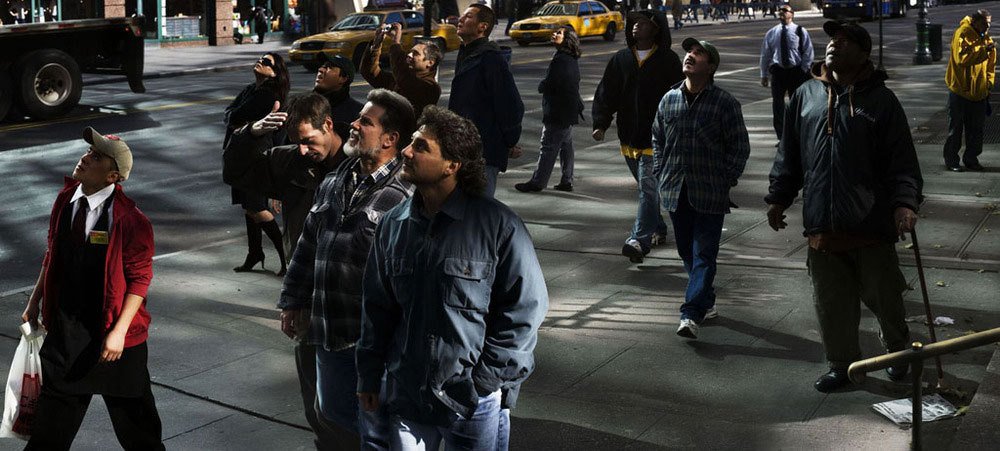|
|
New York City Thematic Photographs By Peter Funch
|
The city government funds the arts with a larger annual budget than the National Endowment for the Arts. Wealthy industrialists in the 19th century built a network of major cultural institutions, such as the famed Carnegie Hall and Metropolitan Museum of Art, that would become internationally established. The advent of electric lighting led to elaborate theater productions, and in the 1880s New York City theaters on Broadway and along 42nd Street began featuring a new stage form that became known as the Broadway musical.
Strongly influenced by the city's immigrants, productions such as those of Harrigan and Hart, George M. Cohan and others used song in narratives that often reflected themes of hope and ambition. Today these productions are a staple of the New York theater scene.
The city's 39 largest theaters (with more than 500 seats) are collectively known as "Broadway," after the major thoroughfare that crosses the Times Square theater district. This area is sometimes referred to as The Main Stem, The Great White Way or The Realto.
Lincoln Center for the Performing Arts is home to 12 influential arts organizations, making it the largest performing arts complex in the United States.
|
|









